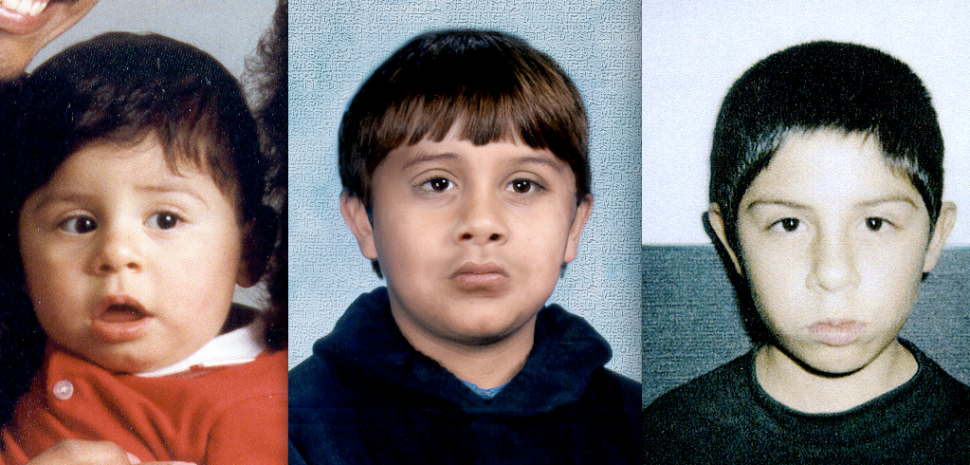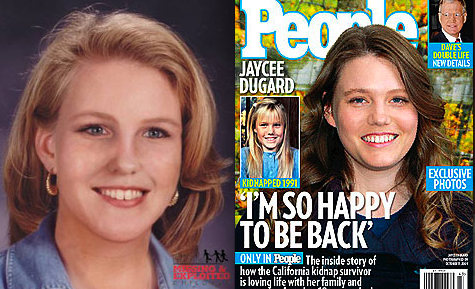Using Photoshop to Find Missing Children

With over 2,000 children reported missing every day, police authorities have had to develop new techniques to more effectively disseminate information about those who disappear. Among the most basic and traditional techniques, of course, is distributing a simple photo across everything from milk cartons to post offices. The terrain becomes trickier, though, when a child goes missing for several years, and the accuracy of photos become dulled as the missing child ages. To mitigate this effect, forensic experts have developed something called "age progression" which uses an original photo to project what the child would look like today. Interestingly, behind this seemingly complex process is an everyday tool: Photoshop.
At the National Center for Missing and Exploited Children (NCMEC), a non-profit resource for families with missing children, the task of age progression is delegated to a group of retired forensic detectives who use Adobe Photoshop CS4 to craft time-adjusted photos. The process, it seems, is equal parts intuition and software savoir-faire. The former detectives start by examining photos of the missing child's parents when they were the age of the child. According to Glenn Miller of the NCMEC, "Eighty-percent of likeness is recognizable in the eyes." He says that an accurate portrayal of a child's present-day facial composition requires that he take into account "the subtleties of aging," while "holding onto the unique facial qualities" that distinguish the individual.
Once all these factors have been taken into consideration, the former detectives turn to their Macs and Photoshop software to manipulate the photos. Much of the work consists of stretching a child's face, mixing in parental photos, and even updating the hairstyle and clothes to more contemporary norms. A single progression takes about three hours, according to Miller.
As Miller puts it, "The only way we really know we're successful is by having results." And it seems they've been getting them. The NCMEC has an impressive 97-percent recovery rate of all children referred to them, including over 900 whose photos were age progressed and widely broadcast. In a world where technologies like Photoshop are often reduced to the sphere of dorm room jokes, we're reassured to see that the software can do a much greater good. With the help of this technology, Miller and his team are not only giving parents hope, but "giving people their identity back," as well.


